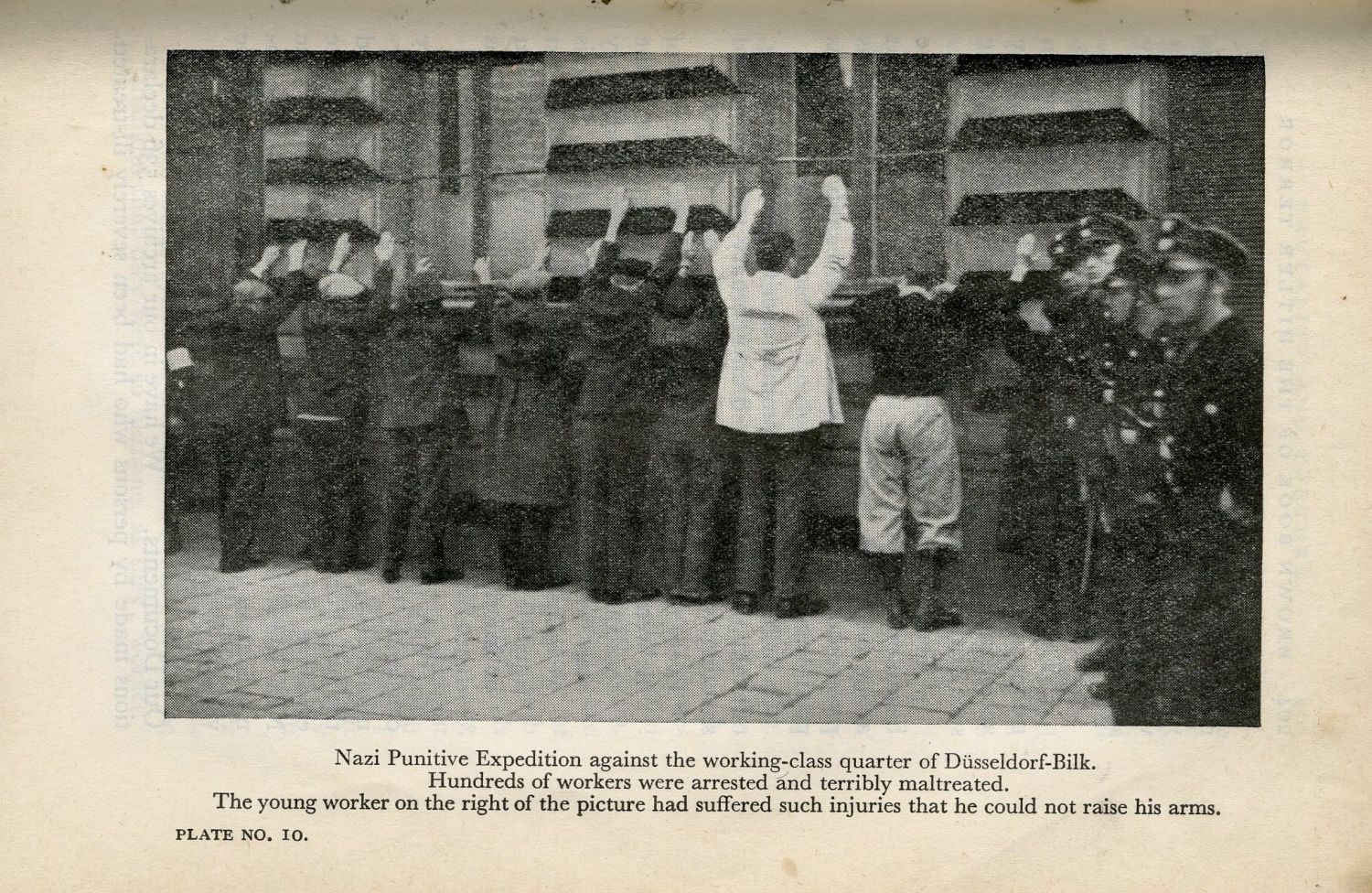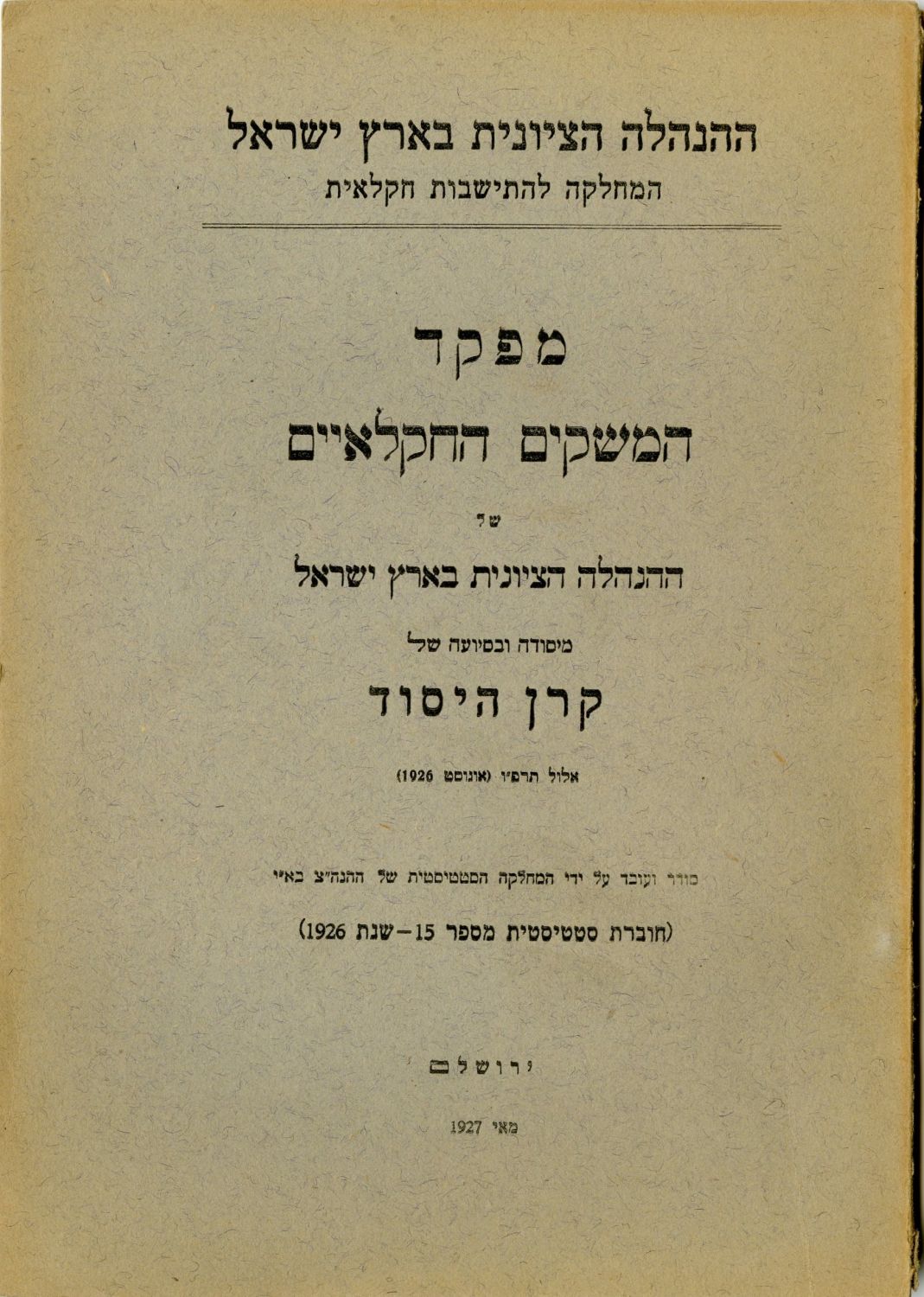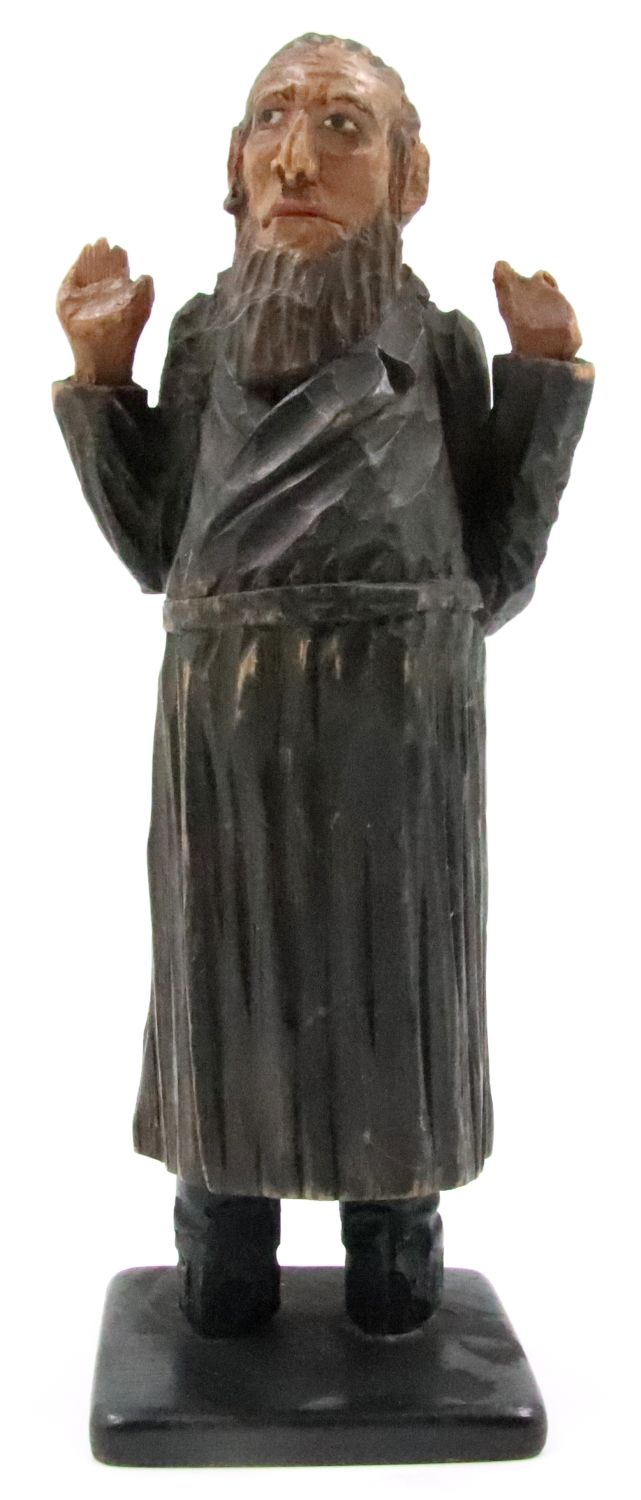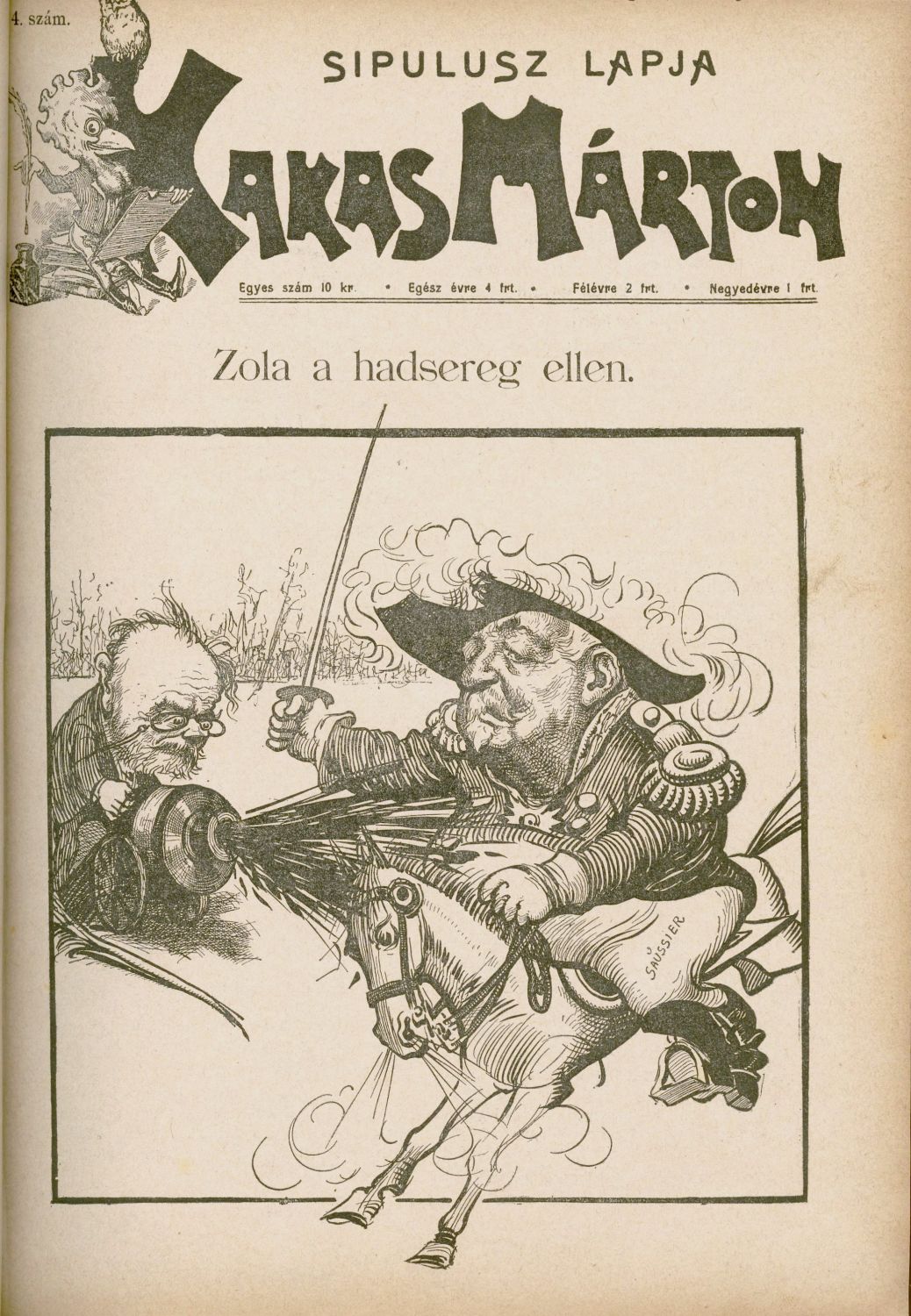A large photograph showing the German crowd gathered in line to enter the anti-Semitic exhibition "The Eternal Jew" held in the main hall of the railway station in the northwest of Vienna. On the front of the building can be seen the huge anti-Semitic display in the form of "The Eternal Jew", and on both sides, eight swastika flags hang down from the top of the building.
The anti-Semitic exhibition Der ewige jude - "The Eternal Jew", on behalf of the Nazi Party's Propaganda Office, was held in Munich in the months of November 1937 - January 1938, in the library of the German Museum, and it is still considered to be the most blunt anti-Semitic exhibition known in the whole world in the 20th century and in general. The exhibition presented about 650 works by about a hundred famous artists that were confiscated from museums and galleries throughout Germany [among them: Chagall, Monk, Matisse, and Kandinsky], in order to put them ridicule in the eyes of the public. At the same time about 20,000 works of art found in the public museums in Germany were sold or destroyed. The works were hung in the exhibition rooms in a chaotic dense manner, and were accompanied by text labels ridiculing the art. The purpose of the exhibition was to show the public the 'decay of civilization' through original works of the human subspecies, in front of the great turning point in German works that aspire to a clean and advanced future. The Nazis called this art "an insult to German feelings". Degenerate art was defined as non-German, Jewish, or communist art. The exhibition was designed to present everything that the Nazis saw as corrupt, degenerate and deviant in modern art.
The large anti-Semitic display on the front of the building which stands before the eyes of visitors at the entrance presented the Jewish attempt to take over Germany by exposing the "ost juden" - an 'Eastern' Jew who wears a cap and holds gold coins in one hand and a whip in the other. Under his arm is the map of the world with the stamp of the hammer and sickle on it. The letters bearing the name of the exhibition were designed in a font similar to Hebrew letters. It can be seen in the photograph the great interest that the exhibition aroused among the public in the form of dozens who came to its gates.
The exhibition was accompanied by propaganda materials such as brochures, postcards and posters which created the anti-Semitic atmosphere within the framework of Nazi propaganda. From a cultural point of view, the exhibition was the high point in the presentation of the Nazi 'enlightenment' and 'progress' in the face of the Jewish 'rot' which was presented as belonging to dark times in the field of art.
The exhibition traveled from Germany to Vienna in November 1938. Upon arrival in Vienna, the exhibition was presented in the main hall of the railway station of the northwest of the city. The opening ceremony on August 2 was held under the auspices of the Gauleiter Odilo Globocznik and the Reich Governor Arthur Siss-Inquart. The issue of the "Wiener Neueste Nachrichten" newspaper of the same day reads: "The choice of the main hall of the railway station to the venue of the exhibition was influenced mainly by the fact that the Jews of Eastern Europe had migrated to the same railway line and dug in Leopoldstadt and Brigitnau, There is therefore more than a symbolic meaning in that the display of the "Eternal Jew" at the entrance to that station is above those two quarters". The Entrance to the exhibition was free and over two million people visited it during the years of its presentation, over 5,000 people every day.
24x18 cm. Very good condition.
